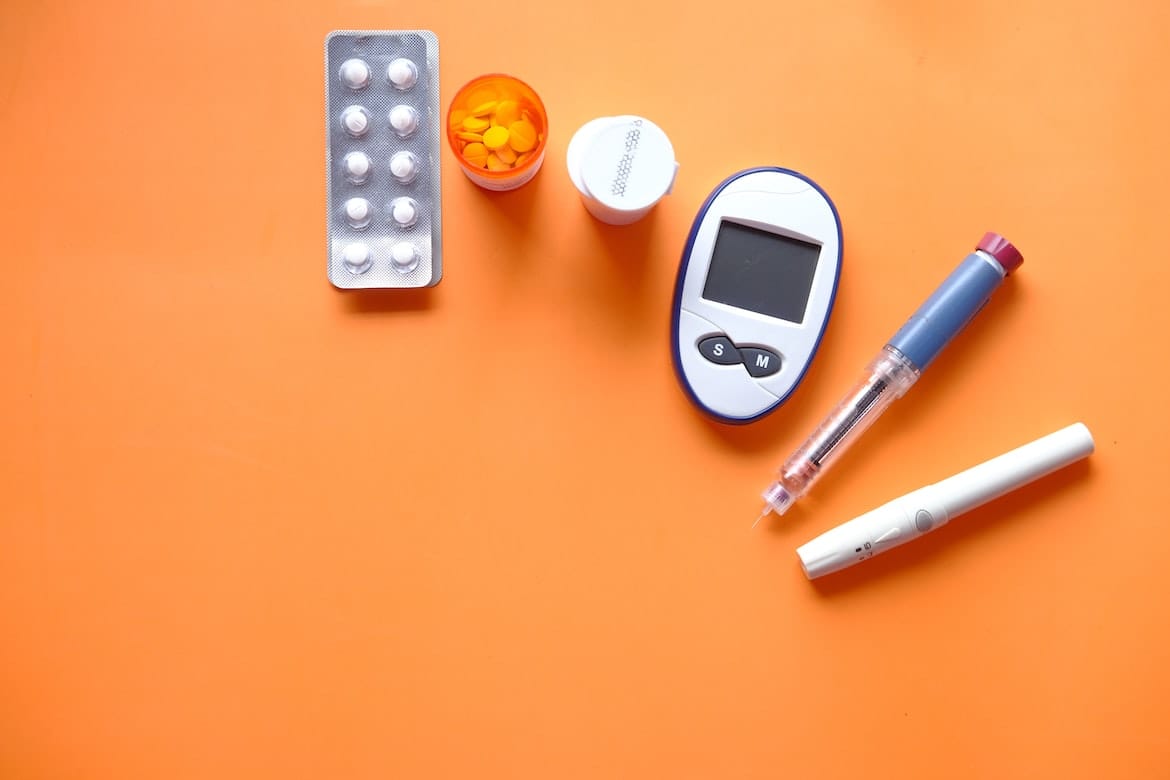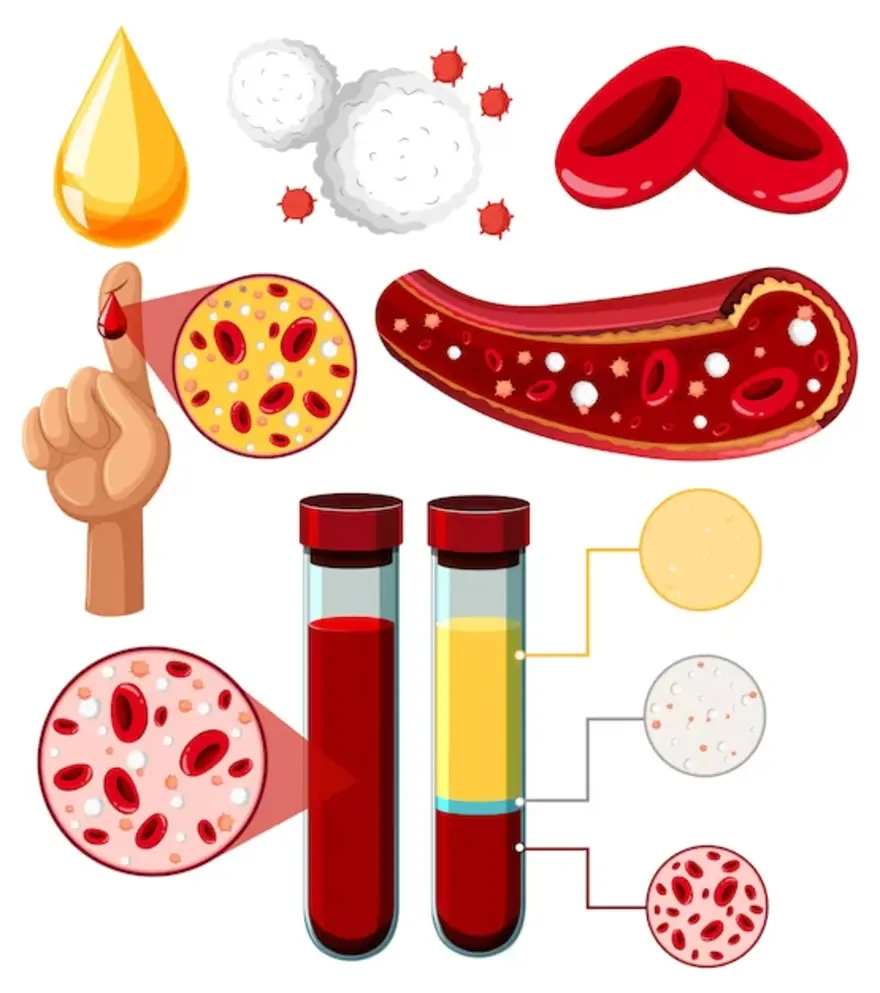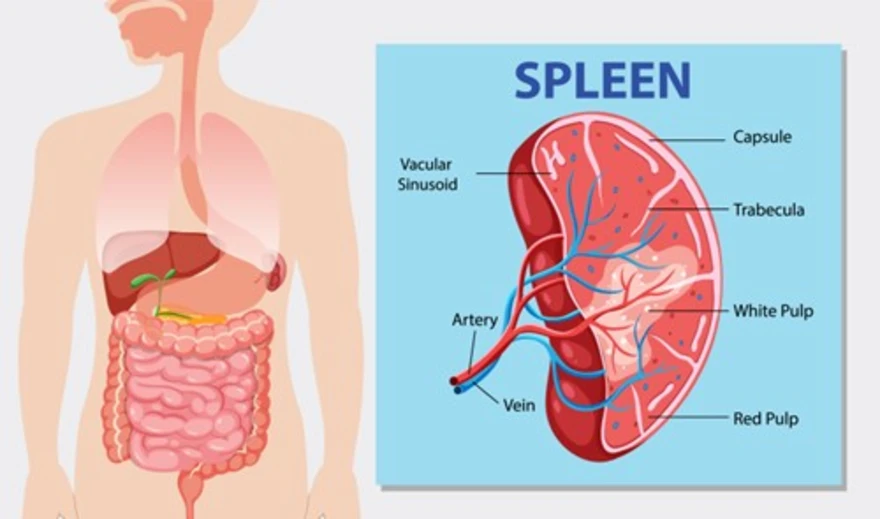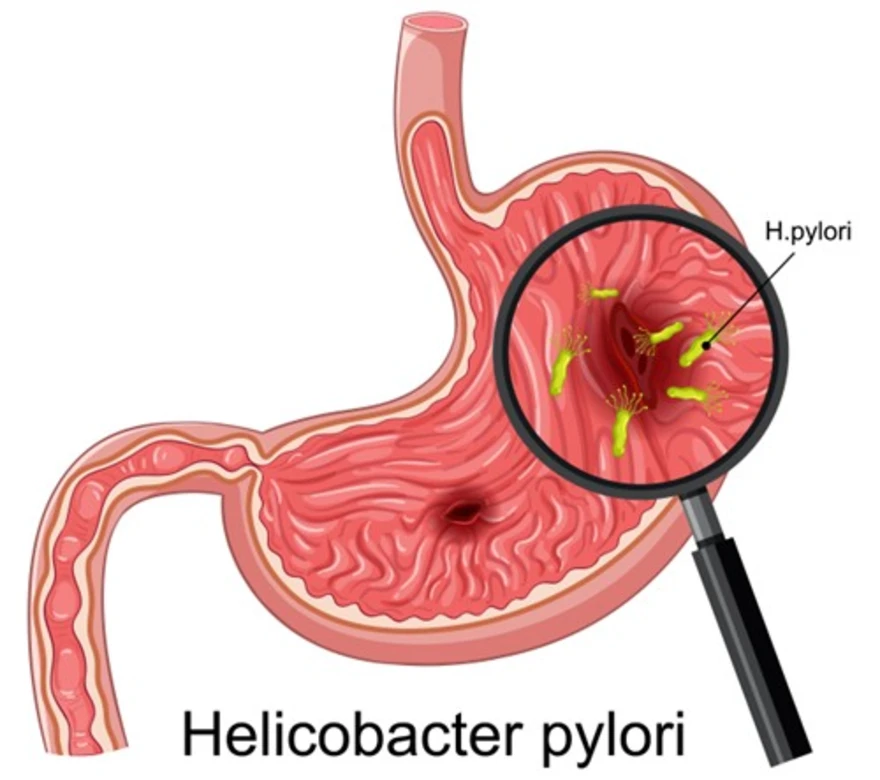Preventive Healthcare
Diabetes in Children: Types, Symptoms & Management

Table of Contents
Diabetes is a common chronic condition affecting people of all ages including children. As per the estimated results, around 463 million people worldwide were diagnosed with diabetes in 2019. But now, more than 500 million adults are estimated to be living with diabetes. Millions of children worldwide also have this medical condition.
According to Dr Moumita Misra, Head-Lab Operations, Metropolis Healthcare Mumbai,diabetes is a serious problem for children and adults as it can cause serious health complications. It can result in several risks to life, especially if left unchecked for a long time. India is the diabetic capital of the world and the number of children affected by it are increasing every day.
What is Diabetes?
Diabetes is a medical condition characterized by higher blood sugar levels than normal. It occurs when the pancreas either does not produce enough insulin or when the body does not respond to the insulin produced. When either of these happens, the body cannot absorb sugar from the blood, resulting in excess blood sugar levels.
Incidence of Diabetes in Children
Previously, type 1 diabetes was found to be the most widespread form of diabetes affecting children and adolescents. So it was referred to as juvenile diabetes. This type of diabetes results from malfunctioning of the pancreas, which does not produce a hormone called insulin. This hormone is responsible for facilitating the absorption of sugar or glucose by the cells in the body, thus providing them with the necessary energy.
But now, younger people are also getting diagnosed with type 2 diabetes, referred to as adult-onset diabetes. The increasing prevalence of obesity has also caused it to become more common in children and teenagers. This condition results in the (child's) body's inability to effectively produce and use insulin. Children pose a higher risk of type 2 diabetes if they are overweight, have very little physical activity, have a history of diabetes in the family, etc.
Causes of Diabetes in Children
The exact cause of type 1 diabetes is still unknown but genetics and environmental factors are believed to cause this condition. If left untreated, high blood sugar levels can lead to life-threatening complications.
Modern lifestyles with increased consumption of processed or junk food, reduced physical activity and prolonged screen time are all leading to the growing incidence of childhood obesity. It is often linked to metabolic syndrome and polycystic ovary syndrome. These two syndromes are proven risk factors for the development of type 2 diabetes.
Children with a family history of diabetes might get diagnosed with this medical condition. Additionally, pregnant women who develop diabetes are at a higher risk of giving birth to infants with a risk of developing type 2 diabetes.
Symptoms of Diabetes in Children
Parents can ensure early detection of diabetes in their children by looking out for the following symptoms:
- Increased thirst
- Extreme hunger
- Frequent urination
- Fatigue
- Blurred vision
- Dehydration
- Fruity smelling breath
- Behaviour change or irritability
- Tired and thinner
Diagnosis of Diabetes in Children
Taking your child to the hospital immediately is important if they experience any symptoms of diabetes. These are some of the methods that help diagnose diabetes in children:
Type 1 Diabetes
- Random blood sugar test
- Glycated haemoglobin test: Testing the child’s average blood sugar for 3 months (the past 3 months).
- Fasting blood sugar test: A blood sample is taken from a child who hasn't eaten anything for hours.
Type 2 Diabetes
- Random blood sugar test
- Fasting blood sugar test
- Glycated haemoglobin test
- Oral glucose tolerance test: The test is conducted after the child fasts for a night and then is given a sugary liquid.
Treatment for diabetes includes medication and monitoring of blood glucose levels.
Treatment of Diabetes in Children
Taking insulin injections
Children with type 1 diabetes must take insulin injections daily. Rapid-acting insulin, intermediate-acting insulin, long and ultra-long-acting insulin and short-acting insulin are the different types of insulin.
Blood sugar monitoring
At least 4 times a day, blood sugar monitoring may be advised.
Continuous glucose monitoring
Continuous glucose monitoring using temporary monitoring of the skin installed underneath the skin may be essential for some children.
Medication
Medicines like Metformin (Glumetza) and Liraglutide (Victoza) are prescribed for type 2 diabetes in children.
How Can Diabetes in Children Be Prevented?
- Maintain healthy eating habits and body weight.
- Cut down on too much consumption of junk food
- Ensure your children engage in regular physical activities (make them stay active).
- Limit their screen time on tv, computer and other appliances.
- Ensure that they are getting enough sleep.
- Check their blood sugar levels on a routine to make small changes in their food, physical activities, etc.
Conclusion
Diabetes in children may be overwhelming at times but your child is not alone. There are support groups where you can connect with other parents of children living with diabetes. Diabetes can be controlled by making the necessary lifestyle changes and your child can live a normal life with medications. In case of any queries, you must reach out to your child’s diabetes care team, they can address all your queries and can help your family to move ahead in this journey of living with childhood diabetes.


























